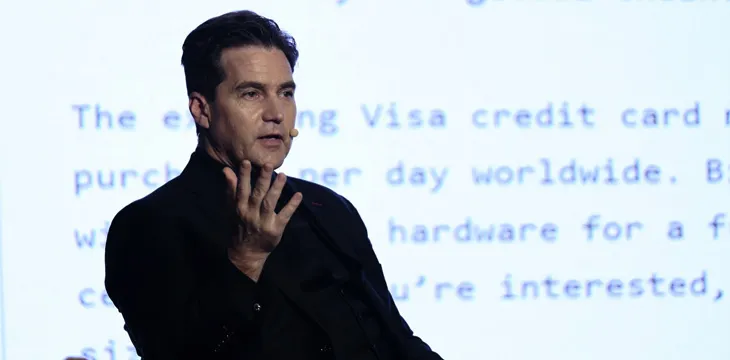|
Getting your Trinity Audio player ready...
|
When the Bitcoin concept was first developed, it was designed to be a peer-to-peer payment solution that would avoid constraints and restrictions tied to central bank-controlled fiat and conventional payment channels. It may have morphed since then into something a little different, at least by many cryptocurrency projects, but the core purpose of digital currency hasn’t changed. Dr. Craig Wright often writes on restoring the premise behind Bitcoin to its original form, citing examples from the Bitcoin white paper on how everything had been properly laid out right from the start. As Bitcoin SV (BSV) works to restore Bitcoin to its Genesis form, Wright has published a new article on how payments can be achieved simply, without all of the hassle that has since been integrated into blockchain transactions.
Simplified Payment Verification (SPV) was laid out in detail in the Bitcoin whitepaper. Wright had explained in that Bitcoin manual how payments could be easily verified without a full network node being needed, and says in his new paper, “Section 5 of the white paper defines nodes in Bitcoin; more critically, to be a node, you need to be mining transactions. SPV or simplified payment verification is a critical aspect of scaling Bitcoin. I thought it was rather clear and obvious when I released the white paper, but it seems that people have overlooked or misunderstood all of the different aspects.”
In a true peer-to-peer system, to which BTC and other crypto projects no longer belong, the transaction is a direct exchange between two entities, whether it be two people, a person and a business or a business and another business. A customer selects goods to purchase from a vendor, makes a payment directly to the vendor and the vendor then validates the transaction and sends it to the blockchain for clearing and settlement.
As it stands now, transactions have to be verified before being considered legitimate. That verification process typically requires six miners giving their approval of the transaction. However, this was never meant to be part of the process. Wright explains, “Users in the system are only required to maintain a copy of the block header to which they can compare transactions. At present, the block header is under 50 MB in size. Many image files can exceed such levels. A decade from now, the growth will only be linear.”
As Wright has repeatedly pointed out, Bitcoin was never designed to circumvent financial laws or procedures; it has always been meant to interact with existing structures and coexist with other payment options – at least until crypto is recognized as the next step in the economic evolutionary cycle. Just like there are steps in place with fiat transactions now to determine if there is any illicit activity, the same is possible with Bitcoin, without the need for the convoluted transaction processing that currently takes place.
Wright, as are many true Bitcoin believers, is still optimistic about Bitcoin’s future and sees a day when the realization is finally made regarding crypto’s true purpose. He asserts, “As governments, regulators, and law enforcement start to wake up and see the true design of Bitcoin, they will start to understand that it is a system that is friendly to law. It assists in the tracing of transactions, and provides a high level of privacy for the small cash like transfers whilst also being able to immutably record money laundering and crimes.”

 07-09-2025
07-09-2025 





